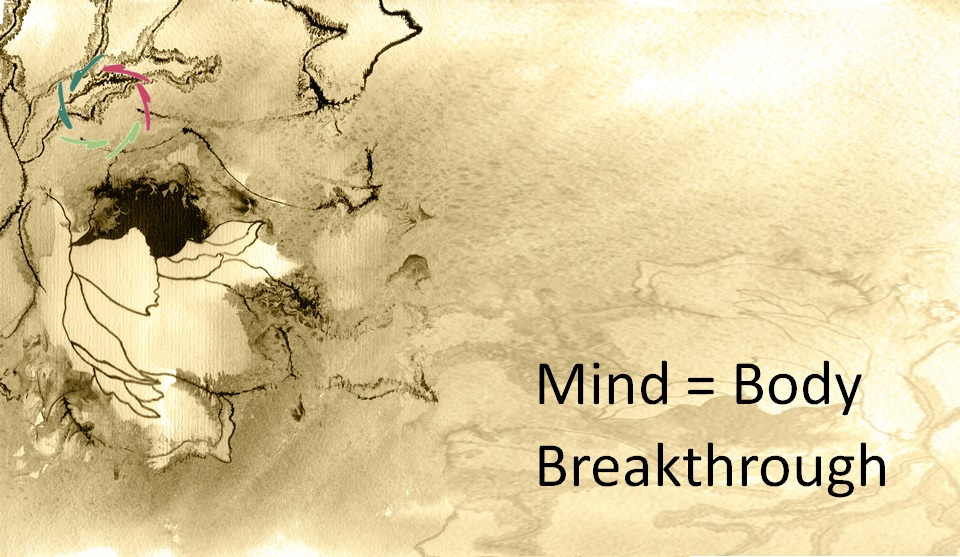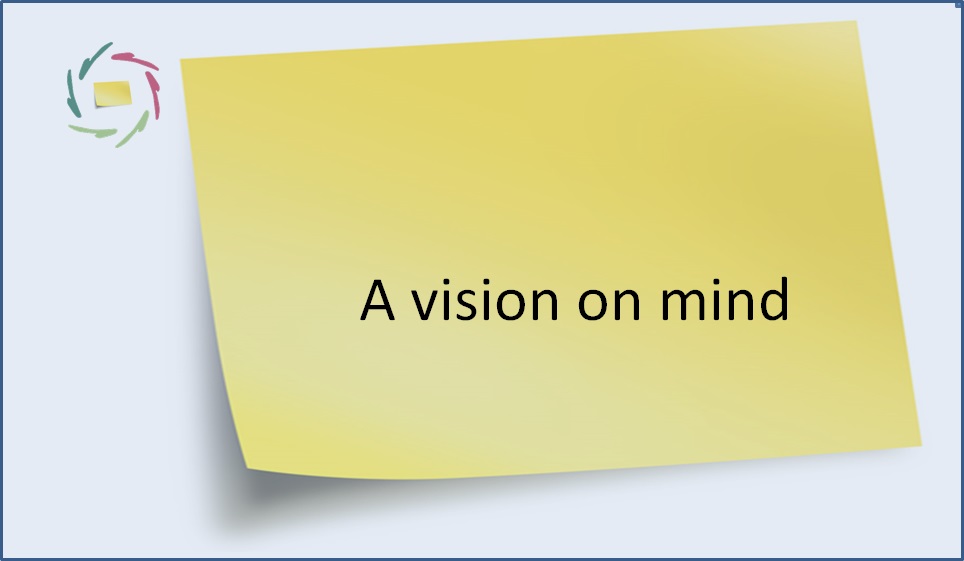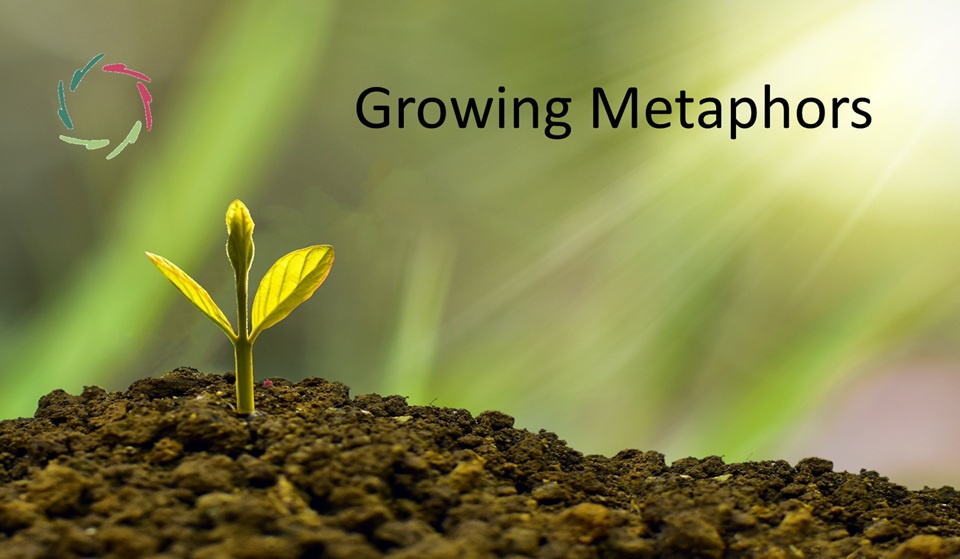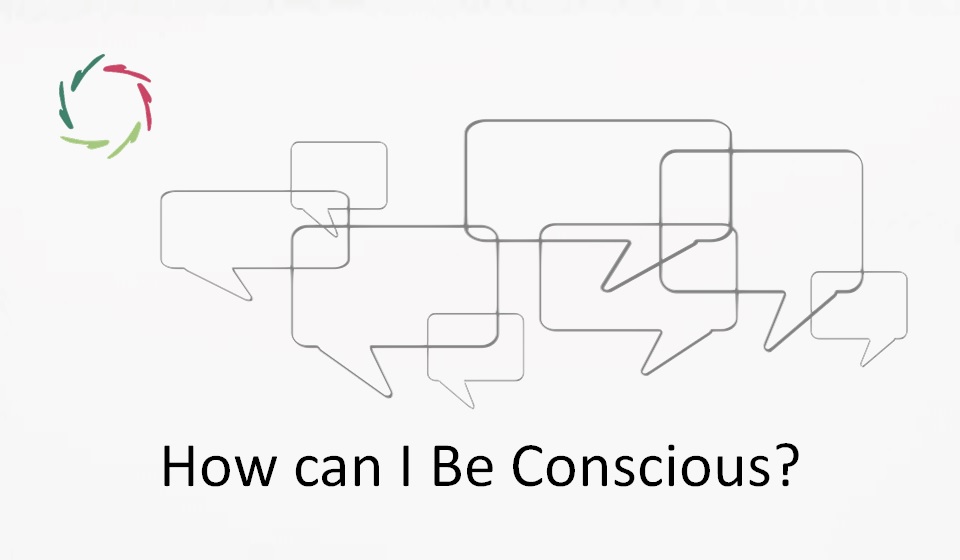‘Mind = Body’ Breakthrough

It’s time we learn to know who we are.
‘Seeing the thinking’ of some simple animals
Here are some interesting videos from recent lectures by T. Sejnowski ― one of the most important researchers in the field, and whom I am following for thirty years as an inspiration to AURELIS.
The videos are entirely fascinating. The time indications denote where you can ‘see the thinking’:
- https://www.youtube.com/watch?v=IkC26S6sy68&ab_channel=UniversityofCaliforniaTelevision%28UCTV%29 (from 17:00)
The patterns that you see lighting up are the thinking. At the same time, they are the neurons being active. So, what are they eventually? Both ― not as different parts within a whole but as different views upon the same.
Note that the simple animals in the videos are not really to be called ‘conscious’ in comparison to us humans.
Much brain/mind activity is going on without consciousness ― as in our case. So, what are we thinking without being consciously aware of what we are thinking? According to tons of hard-core science, there is a universe of (pattern-wise!) activity going on ‘under the hood,’ continually and necessarily since consciousness is far too restricted to know it all. So, what is this non-conscious activity about? Science is still gradually clearing this up, but much is already known and, until now at least, entirely congruent with everything in the AURELIS project.
New aphorism inspired by Descartes : Video ergo sum 😉 . [I see (my thinking), therefore, I am.]
Already for a long time, we know that mind and body are one.
Yet modern Western medicine practically carries on like this is not the truth or this truth doesn’t matter. It amazes me every day.
Most medical colleagues look at it from afar, thinking it means that mind and body are something like two parts of a bigger whole which is the human being. To the common physician, mind is mostly an annoyance, bringing confusion into the real, physical happening.
So, after putting mind stuff in a stress blob, it’s business as usual. Who cares?
I care.
You should have known, of course, having read already some of my writings.
Mind and body are not two parts of a bigger whole. They both are the bigger whole. One is the other. The difference lies in the way of looking at this bigger whole. [see: “Mind-Body Column – Intro“]
This has lots and lots and lots of immense consequences.
It’s about a huge chunk of medicine, comfortably explained away as ‘unexplained’ nowadays. [see: “Medically Unexplained Syndromes“]
Therefore, on top of the human suffering, it’s also about a lot of money. [see: “Saving € 1 trillion in healthcare“] Alert: This is annually.
Where is the mind in the causal story of health and illness?
Well, where is it now in the case of COVID? Not in the minds of most people. And yet, the immune system plays a significant role in the causal story of COVID-progression. Also, the mind plays a significant role in immune reactions and other defense mechanisms. The link is straightforward.
So, why is the mind invisible in the COVID story (see also my high-level article in BBI-Health) and many more instances of causal storytelling?
Besides being visibly invisible, there are two underlying premises.
These are:
- The premise that mind and body are two separate entities. So, how could the ephemeral mind influence the material body? Answer: Mind and body are two ways of looking at the same thing.
- The premise that mind exists only in conscious awareness. So, how could the conscious mind influence the body? Answer: Every conscious thought, feeling, motivation is the result of non-conscious processing.
Note that both are complementary. Not acknowledging the existence of nonconscious processing, it is indeed very hard to see how “my thinking and my bodily being are the same.” In this line, there is not one but two chasms between the conscious and the body.
Both the above premises flourished from the French philosopher René Descartes (1596-1650) and thoroughly influenced Western culture, including modern medicine. Meanwhile, science has shown that both are wrong.
But getting beyond them comes at a cost:
- This means that with the death of the body comes the end of mind ― not necessarily related to ‘soul.’
- This means that conscious free will is an illusion.
Both provoke anxiety. One can also look at them positively:
- The mind can be used towards better health, including that of the body.
- There is a lot more potential for inner growth than is generally conceived.
Still, to forward the idea that the mind is deeply involved in health-related matters is daring.
Only taking into account the total person in top-notch science can save us from absurdity. Just a few examples:
- I cannot blush by merely conscious decision. Yet something acutely meaningful happens, and I may blush. How come? What is happening at the non-conscious mental-neuronal pattern level?
- In an acutely meaningful situation, my blood pressure may rise. My brain reacts in many ways. What is the underying physiology? How can we make this visible?
- In a chronic situation, seeing body-mind unity is more challenging. There is the complexity of an ever-changing situation, of body and mind, and dynamic meaningfulness. Even so, chronic stress can have a detrimental influence on the immune system and chronic inflammation (and the cardiovascular system and much more). This paves the way for an even worse outcome in case of an acute superposition. How can we scientifically grasp this complexity?
Meanwhile, we scientifically know that the mind clearly influences the body in sickness and healing in many ways.
We know that mental stress can lead to acute or chronic inflammation even provoking instant death as in the case of ‘takotsubo’ [see: “Takotsubo, Broken Heart“].
We also gradually know more about the acute and chronic effects of mental stress on symptoms/diseases of the skin, heart, lungs, stomach, intestines, nervous and immunological systems and so on. [see: “Your Mind As Cure”]
This brings a different view upon ourselves,
transcending the present COVID disaster. Are most people ready for the insight?
Probably not, and that is scary. However, passively waiting for a solution to tackle a problem will not solve the problem. May it be the prime responsibility of modern humanism to make people more ready for this?
People are not machines.
People are in-depth treated too much as machines in economics, in medicine, in clinical psychology, in everything human-related. As a result, we have lost nature-within-ourselves. Of course, the COVID virus didn’t come to desperately (and in vain) try to show us so. It just found a niche.
This niche can also attract other global mishaps. We should not forget how quickly the COVID-wave came out of the blue sky.
It’s time we learn to know who we are.


